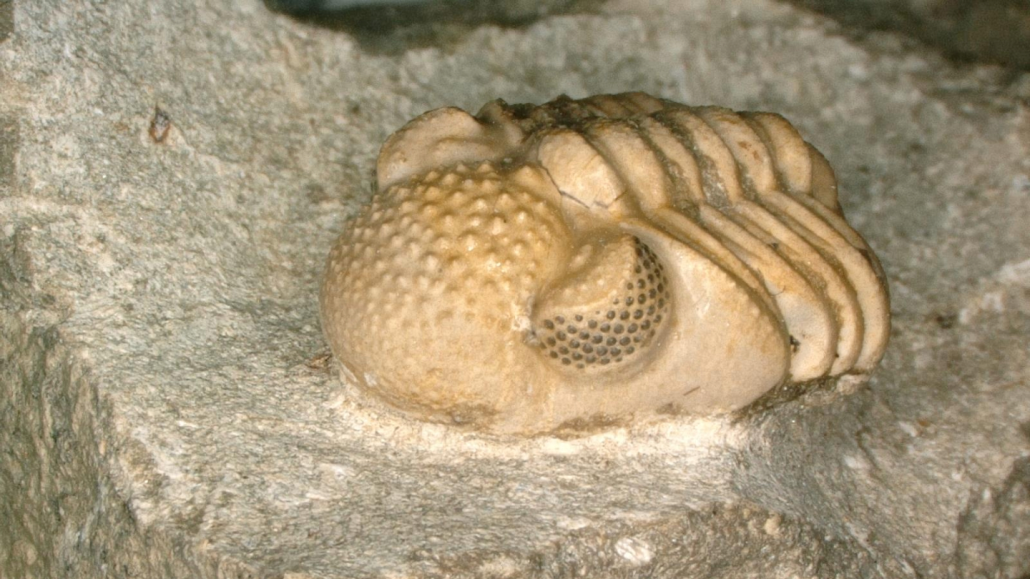50 years ago, trilobite eyes mesmerized scientists
Excerpt from the February 2, 1974 issue of Science News

Some trilobites had eyes with telescope-like lenses and that were filled with hundreds of miniature eyes.
Brigitte Schoenemann
Excerpt from the February 2, 1974 issue of Science News

Some trilobites had eyes with telescope-like lenses and that were filled with hundreds of miniature eyes.
Brigitte Schoenemann